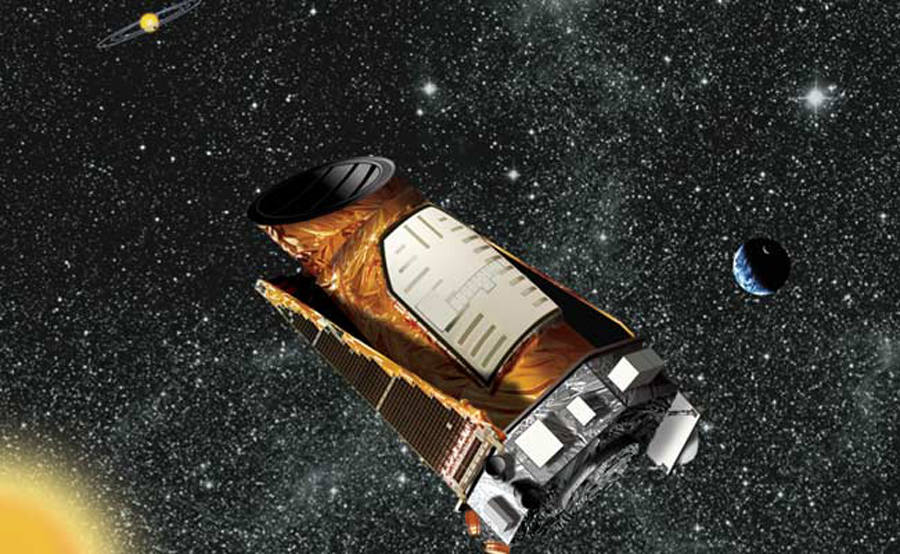Will NASA's Ailing Planet-Hunting Kepler Spacecraft Get New Mission?

WASHINGTON — A crucial deadline looms for the team that hopes to get NASA's hobbled Kepler space telescope back in the planet-hunting game.
After the second of Kepler's four orientation-maintaining reaction wheels stopped functioning in May, the spacecraft's original planet search ended. Now, however, the Kepler team is doing its best to get the instrument back in action.
Officials with the space telescope are working on a funding proposal for a new mission that would change the scope of Kepler's work. Called K2, the new mission would effectively extend the telescope's life by using its two reaction wheels to keep Kepler stable. The Kepler team needs to submit its K2 mission proposal for review by Jan. 31, and the final decision about the new mission is expected by summer.

"The biggest cost of having a telescope in space is building it and launching it, but all that cost has already been taken care of with the Kepler mission," Kepler project scientist Steve Howell, of NASA's Ames Research Center in Moffett Field, Calif., said here at the 223rd meeting of the American Astronomical Society. "There are all these assets sitting up there in space, and we want to make use of those."
Engineers have moved the spacecraft into an orientation that aligns it in a path that's just about parallel with its orbit around the sun. The new positioning allows pressure exerted by sunlight to spread across the telescope's surfaces, minimizing drift during the potential K2 mission.
Scientists are still sifting through the four years of observations made by Kepler, which launched in March 2009. Researchers have found more than 3,500 planet candidates in the database so far. While just 199 have been confirmed as planets to date, scientists think that about 90 percent of the candidates will prove to be bona fide alien worlds.
The K2 mission would still enable Kepler to search for exoplanets, but in a modified fashion. K2's new planet hunt could even help scientists spot planets forming around stars in the early phases of development, researchers said.
Get the Space.com Newsletter
Breaking space news, the latest updates on rocket launches, skywatching events and more!
The new mission could also gather data about a number of other celestial objects and phenomena, including faraway supernova explosions comets and asteroids within our own solar system.
It currently costs about $18 million per year to operate Kepler and analyze its data, officials have said. Total costs for the mission to date are around $600 million.
Follow Miriam Kramer @mirikramer and Google+. Follow us @Spacedotcom, Facebookand Google+. Original article on SPACE.com.
Join our Space Forums to keep talking space on the latest missions, night sky and more! And if you have a news tip, correction or comment, let us know at: community@space.com.

Miriam Kramer joined Space.com as a Staff Writer in December 2012. Since then, she has floated in weightlessness on a zero-gravity flight, felt the pull of 4-Gs in a trainer aircraft and watched rockets soar into space from Florida and Virginia. She also served as Space.com's lead space entertainment reporter, and enjoys all aspects of space news, astronomy and commercial spaceflight. Miriam has also presented space stories during live interviews with Fox News and other TV and radio outlets. She originally hails from Knoxville, Tennessee where she and her family would take trips to dark spots on the outskirts of town to watch meteor showers every year. She loves to travel and one day hopes to see the northern lights in person. Miriam is currently a space reporter with Axios, writing the Axios Space newsletter. You can follow Miriam on Twitter.









